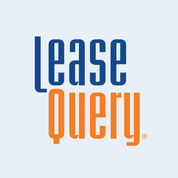Visual Lease is a Accounting Software. Visual Lease offers Accounts Payable, Accounts Receivable, Billing and Invoicing, Expense Tracking, Fixed Asset Management and many more functionalities.
Some top alternatives to Visual Lease includes Xero, Sage Accounting (Sage One), Patriot Accounting, ActivityHD and Cradle Accounting.
Yes, Visual Lease provides API.
No, Visual Lease doesn't provide mobile app.
Visual Lease is located in Woodbridge, NJ
Visual Lease offers Free Trial, Quotation Based pricing models
The starting price is not disclosed by Visual Lease. You can visit Visual Lease pricing page to get the latest pricing.





/logo_1622728934.296577.png)












